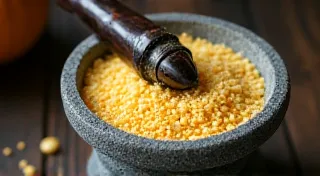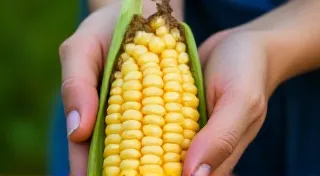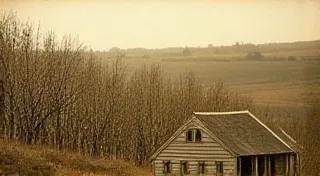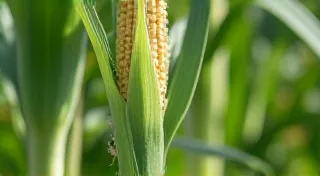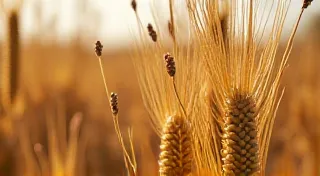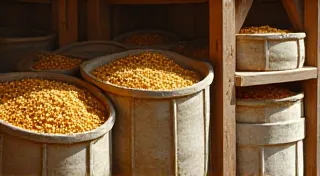Troubleshooting Common Heirloom Corn Problems
Growing heirloom corn is a rewarding experience, yielding beautiful ears and delicious kernels. However, even experienced gardeners encounter challenges. This guide addresses common problems faced when cultivating heirloom corn varieties and offers practical solutions to ensure a bountiful harvest.
1. Stunted Growth & Pale Leaves
One of the most frustrating issues is stunted growth, often accompanied by pale or yellowing leaves. This often points to nutrient deficiencies. Heirloom corn is a heavy feeder, requiring plenty of nitrogen, phosphorus, and potassium.
- Possible Cause: Nitrogen Deficiency. Pale green or yellowing leaves, particularly on older plants.
- Solution: Amend your soil with compost or well-rotted manure before planting. Side-dress your corn with a nitrogen-rich fertilizer (fish emulsion or blood meal) a few weeks after emergence and again when the tassels appear.
- Possible Cause: Phosphorus Deficiency. Slow growth, dark green leaves with purplish hues, and poor root development.
- Solution: Incorporate rock phosphate or bone meal into the soil at planting time.
- Possible Cause: Soil pH Imbalance. Corn thrives in a soil pH between 6.0 and 7.0. Soil that's too acidic or too alkaline can hinder nutrient uptake.
- Solution: Test your soil’s pH. If too acidic, add lime. If too alkaline, add sulfur.
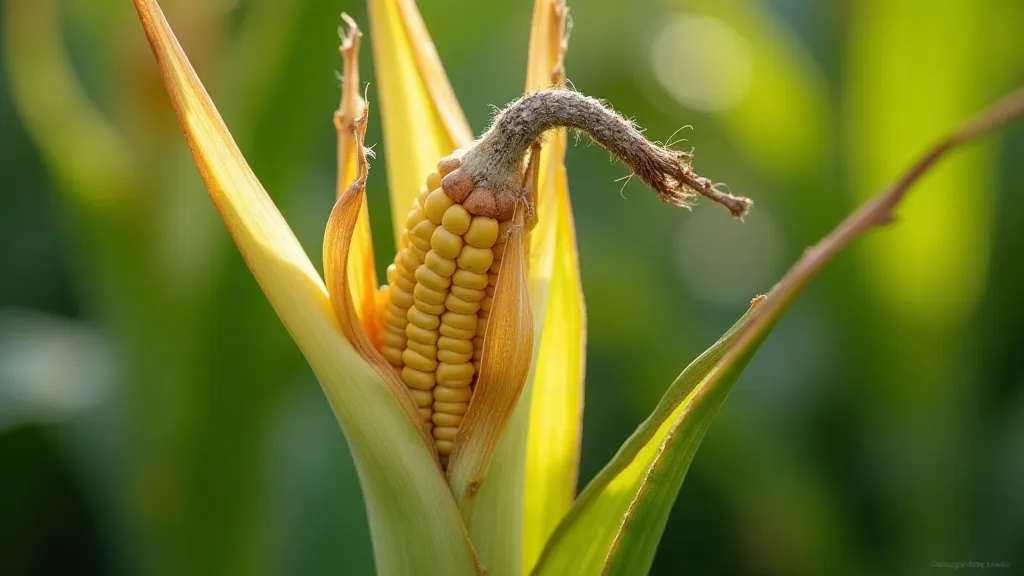
2. Poor Pollination & "Mouse Ears"
A common problem with corn, especially heirloom varieties, is poor pollination, resulting in small, underdeveloped kernels often referred to as "mouse ears." This occurs when silks don't get pollinated by pollen from the tassels.
- Possible Cause: Lack of Pollen. Insufficient pollen production due to stress (drought, heat, pests) or inadequate insect pollinators.
- Solution: Ensure adequate watering, especially during tasseling and silking. Consider hand-pollinating by gently shaking the tassels over the silks of neighboring plants. Plant corn in blocks rather than long rows to encourage cross-pollination.
- Possible Cause: Wind Direction. Strong winds can blow pollen away, preventing it from reaching the silks.
- Solution: Plant corn in a sheltered location or create windbreaks.
3. Corn Earworms & Other Pests
Corn earworms are a significant pest, boring into the developing ears and feeding on the kernels. Other pests, like aphids and corn borers, can also cause damage.
- Possible Cause: Corn Earworms. Small holes in the ear tips, dark, slimy frass (excrement) visible.
- Solution: Inspect ears regularly. Remove and destroy infested ears. Use Bacillus thuringiensis (Bt) – a biological insecticide – to control larvae.
- Possible Cause: Corn Borers. Wilting leaves, stalk tunneling.
- Solution: Monitor plants for signs of damage. Introduce beneficial insects like lacewings.
- Possible Cause: Aphids. Sticky residue on leaves, distorted growth.
- Solution: Spray plants with a strong stream of water. Introduce ladybugs or other beneficial insects.
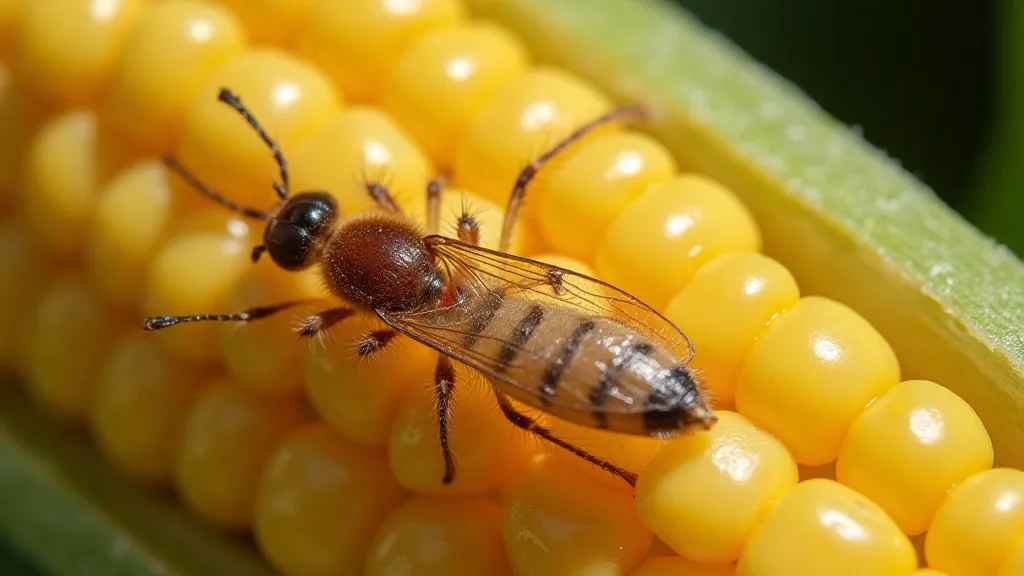
4. Disease – Rust & Leaf Blight
Heirloom corn, like all plants, is susceptible to diseases. Rust and leaf blight are common culprits.
- Possible Cause: Rust. Orange or reddish-brown pustules on leaves.
- Solution: Ensure good air circulation between plants. Remove and destroy infected leaves. Use a fungicide if the problem is severe.
- Possible Cause: Leaf Blight. Brown or black spots on leaves, often with a yellow halo.
- Solution: Provide adequate spacing between plants. Avoid overhead watering. Remove and destroy infected leaves.
5. Tassels Failing to Emerge
Sometimes, tassels don't emerge correctly, leading to a complete lack of pollination. This can be caused by a variety of factors.
- Possible Cause: Genetic Variation. Some heirloom varieties can exhibit genetic variations that affect tassel development.
- Solution: While there is not much you can do directly, note this behavior and consider if the particular variety is suitable for your garden.
- Possible Cause: Environmental Stress. Extreme temperatures or nutrient imbalances can impact tassel development.
- Solution: Maintain consistent watering and provide balanced nutrition to minimize stress on the plants.
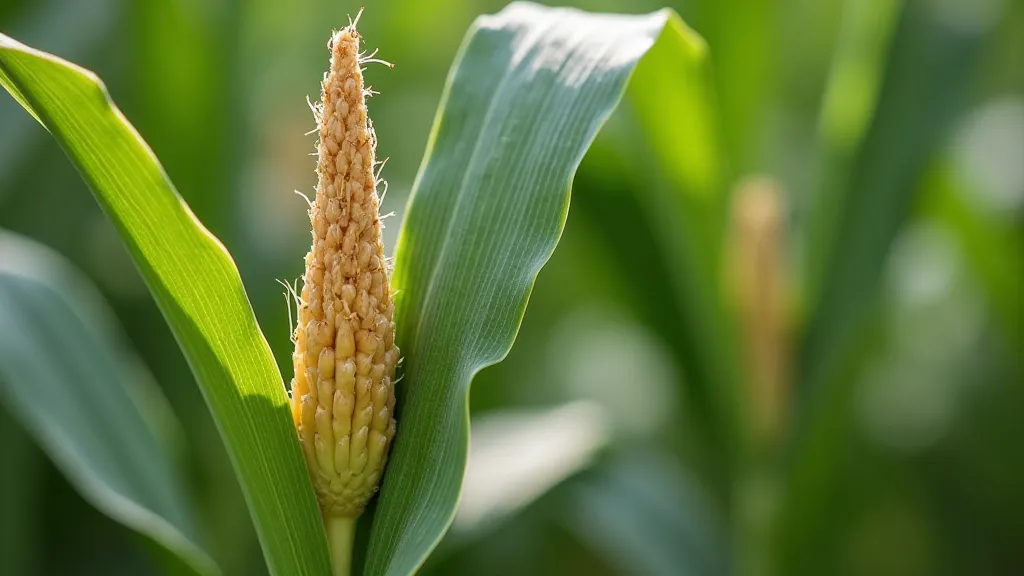
Troubleshooting heirloom corn problems can be a learning process. Careful observation, timely intervention, and a little patience will greatly improve your chances of harvesting a beautiful and delicious crop of heirloom corn.
